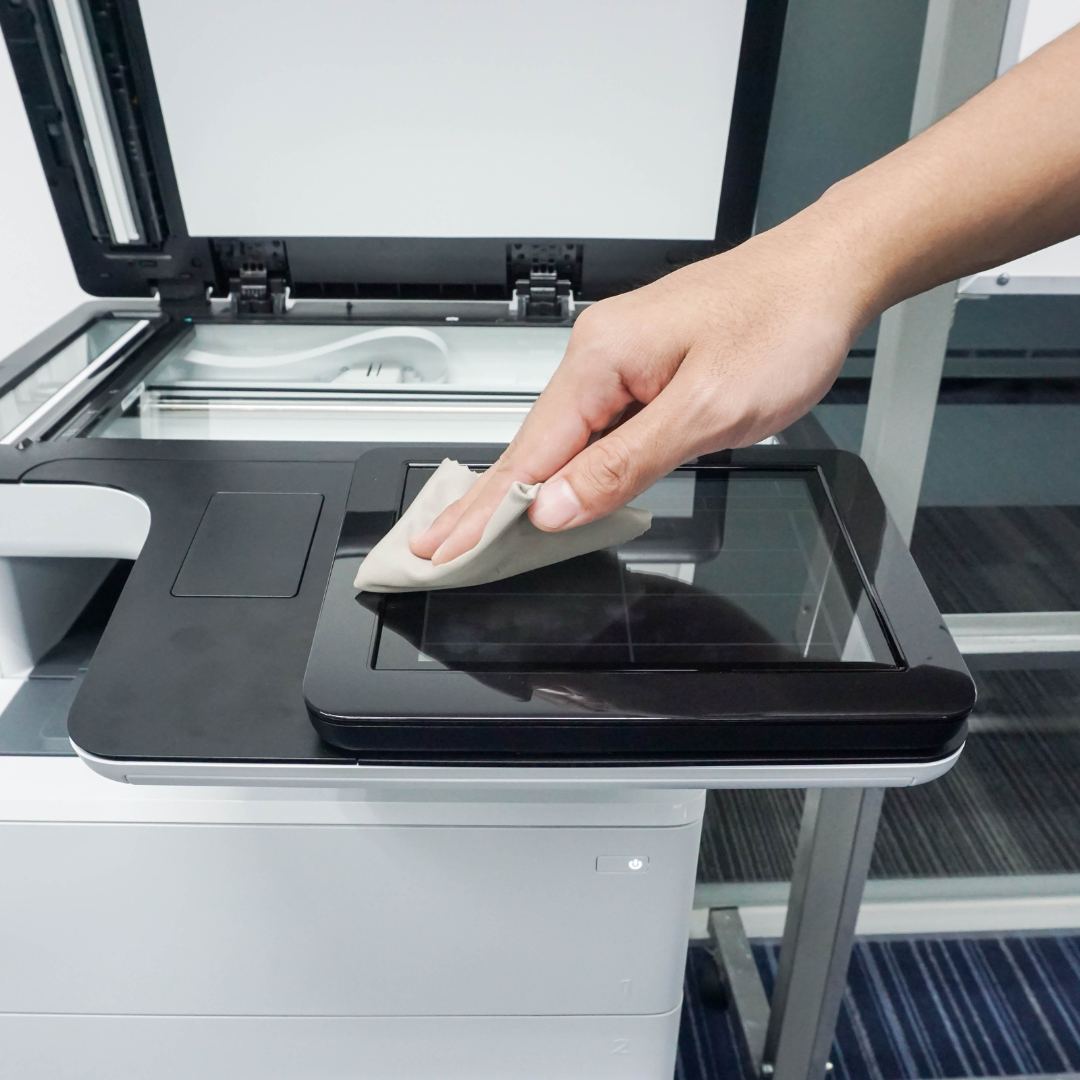With cyber-attacks on the rise and Internet security standards tightening, install an SSL certificate has become indispensable for securing a website. An SSL-protected site guarantees encryption of data exchanged between the browser and the server, protecting users' sensitive information.
Discover how to install an SSL certificateLearn more about the different options available and why it's essential for your SEO and the trust of your visitors.
1. What is an SSL certificate and why is it important?
🔒 What is SSL?
Visit SSL (Secure Sockets Layer) is an encryption protocol that ensures secure data transmission between the user and the website. When a site has an SSL certificate, it displays a green padlock in the address bar and switches to HTTPS.
⚠️ Why install an SSL certificate?
- 🔐 Data security protects transactions and sensitive user data
- ✅ Better brand image : inspires visitor confidence
- 📈 SEO optimization : Google favors HTTPS sites in its search results
- ⚖️ Regulatory compliance RGPD, e-commerce and secure online payments
2. The different types of SSL certificate
There are several types of SSL certificates to suit the needs of companies:
1️⃣ SSL DV Certificate (Domain Validation) :
- Checks only the domain owner
- Ideal for blogs and showcase sites
- 🏷 Cost: Free or low cost (Let's Encrypt, ZeroSSL)
2️⃣ Organization Validation (OV) SSL Certificate :
- In-depth company audit
- Suitable for professional and e-commerce sites
- 🏷 Cost: Medium
3️⃣ EV (Extended Validation) SSL Certificate :
- Highest level of validation
- Display of company name in address bar
- Recommended for banks and large corporations
- 🏷 Cost: High
3. How do you install an SSL certificate on your website?
Installation varies depending on your hosting provider, but here are the general steps:
📌 Step 1: Check if your host offers free SSL
Some hosts, such as OVHSiteGround or Bluehost offer a free SSL certificate (Let's Encrypt). Check whether this option is activated in your customer area.
📌 Step 2: Buy an SSL certificate if necessary
If you would like a certificate OV or EVbuy it from certification authorities such as Sectigo, DigiCert, GlobalSign or Let's Encrypt (free).
📌 Step 3: Install the SSL certificate
- Via host : Most offer automatic activation
- Manually Download the SSL file and upload it via the cPanel or Plesk
- On a dedicated server : Installation via OpenSSL and Apache/Nginx configuration
📌 Step 4: Configure your site for HTTPS
- Change URLs to HTTPS via CMS (WordPress, Joomla, etc.)
- Set up a 301 redirection to force HTTPS
- Check for internal links and unsecured resources (mixed content)
4. Check the installation of your SSL certificate
Once installed, test your site with :
✅ SSL Checker
✅ Why No Padlock
You need to see a green padlock and no security alerts on your browser.
5. SEO and UX benefits of an HTTPS site
🚀 Improved referencing Google boosts HTTPS-secured sites
💰 Better conversion : Visitors are more confident and buy more easily
📊 More reliable analysis : Google Analytics better tracks HTTPS data
Secure your site today!
An SSL certificate is a indispensable for the security and performance of your website.
📢 Need help with installation and configuration? Rely on Webiphiyour expert in web solutions in Belgiumfor fast, secure integration!






